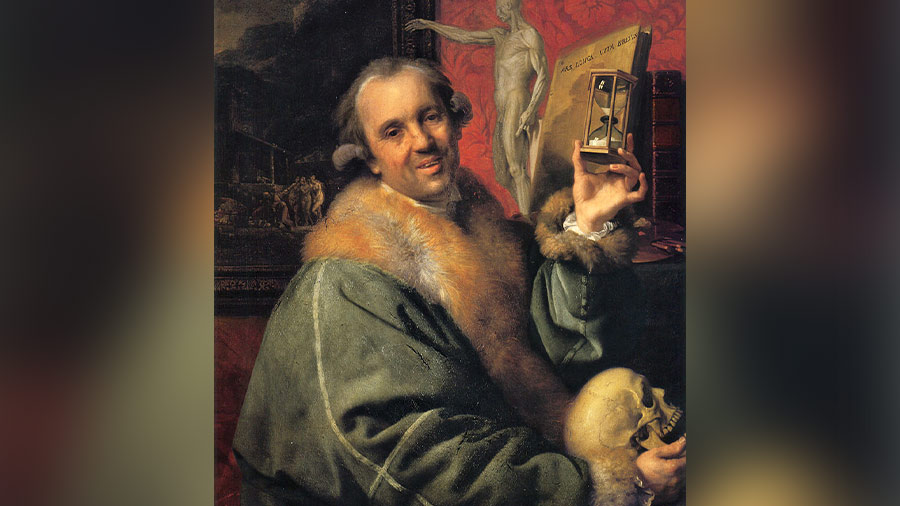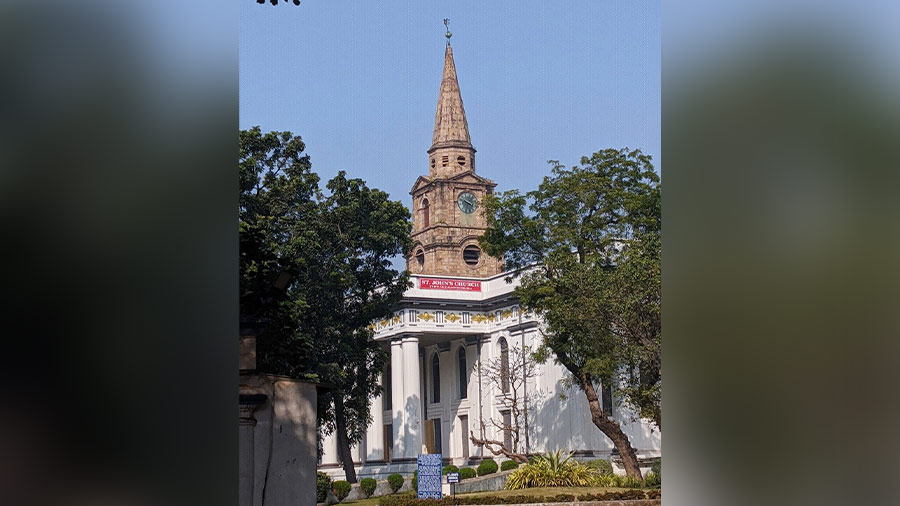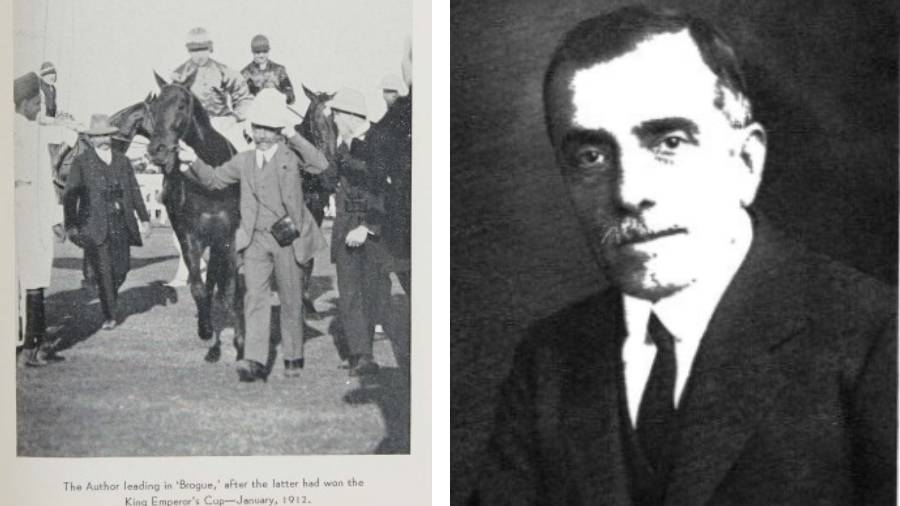Calcutta. April, 1787. The Parish is set to get its new church very shortly. Christened St John’s, the structure right next to Government Place* is ready and will be christened in two months’ time.
Preparations are underway to decorate the insides of the church in time for the official opening. A well-known artist of the day had been commissioned to draw a replica of Leonardo da Vinci’s famous Last Supper to be displayed on the church wall. The artist, let’s call him ‘J’, has fulfilled his commitment and hands over the finished painting on the date quoted above to the church authorities. It is truly a wonderful piece of work and everyone is highly impressed.
However, once the church is consecrated come June, controversy spreads over the picture. Many visitors to the church find uncanny resemblances to the faces of the characters depicted on canvas with real life personalities of the day. In the face of Lord Jesus many saw the features of Rev. Constantine Parthenio, a leading Greek pastor of contemporary Calcutta. This though was less of a surprise - apparently, Mr J had actually booked time Father Parthenio and the latter was happy to oblige. But speculation about the identity of beloved Apostle John swirled thick and fast. Most agreed that the face portrayed on the head of Apostle John was that of the magistrate of Calcutta Police. This was considered wrong on many counts.

Self-portrait of Johann Zoffany Wikimedia Commons
There is no documented evidence of J ever seeking out the magistrate for a "sitting." But the real reason European residents of Calcutta were angered was because this gentleman was no paragon of virtue as per his religious beliefs were concerned. In fact, in his writings, historian John Clarke Marshman had referred to this police magistrate as "a Brahmanized European" - claiming that he cared very little for Christian traditions and was known to have adopted several native customs. There were whispers about the faces of some of the other disciples also resembling some well-known European and Armenian businessmen of the day, all used without permission.
But the face about which most debate was generated was that of Judas Iscariot — the man who had betrayed Jesus. Many of the city’s citizenry were of the opinion that the face of Judas in J’s rendition belonged to Mr Tullon — a renowned auctioneer of the day. It is said that Mr Tullon was less than thrilled and had even threatened J with a lawsuit. But an anonymous letter published in The Statesman a century letter later made a sensational claim regarding the identity of J’s Judas. The letter claimed that the man who was thus represented was a gentleman named Paul who had served as a Resident of the Company to the royal court of Lucknow.
This Paul was promoted and sent to Lucknow by the Viceroy as a close aide of the British Resident. Yet, Paul acted just like Judas. When he returned to England, he became a member of the parliament and gave fiery speeches criticising the policies of his benefactor. Quite remarkably, just like Judas Iscariot of real life, Paul also ended his life by suicide shortly after losing a re-election bid. In fact, a book titled “The Diary of an Englishman at the court of Oudh” apparently referred to Paul as a modern-day Judas! What lends credence to this claim is the fact that before arriving in Calcutta, the artiste, J had spent some time in Lucknow looking for fortune in the capital of Oudh.
Incidentally, this artiste was not an Englishman. Of noble Hungarian and Bohemian blood, he was born in Frankfurt, Germany on 13th March, 1733. In 1750, aged just 17, he traveled to Italy and joined the studio of Augustino Masucci. After 10 years in Italy, he arrived in England and by 1764, was enjoying the patronage of King George III and Queen Charlotte. He was also a founding member of the new Royal Academy.
It is rumoured however that in 1774, he had drawn a painting of Queen Charlotte of her maiden days when she still was the Princess of Mecklenburg-Strelitz. Yet, J had featured a gentleman in the drawing who was said to be quite besotted with the princess back in the day. This act was not taken lightly by the royal family and soon, J's fortune took a negative turn. Finally, in 1783, he decided to travel to what was fast becoming the favorite destination of prospectors from the British Isles - India. As his exploits in Lucknow and Calcutta show, he had clearly not outgrown his mischievous habit of playing with images on his canvas.

St John’s Church in the present day Trinanjan Chakraborty
The real identity of J you may be wondering? This man was none other than Johann Joseph Zoffany, one of the most famous Neo-classical painters of all time. His brilliant work, The Last Supper, is still there, on the altar piece of St John’s Church - although the controversies behind it are long forgotten.
St John’s Church hides many such iconic moments from our city’s past - the mausoleum of Job Charnock, a replica of the grave of Countess Canning, Holwell's Monument (Black Hole Monument), the 2nd Rohilla War Memorial, the temple-like tomb of Begum Frances Johnson and of course, Zoffany’s Last Supper. Someday this winter, take time to visit this amazing place and savour the history of our city.


